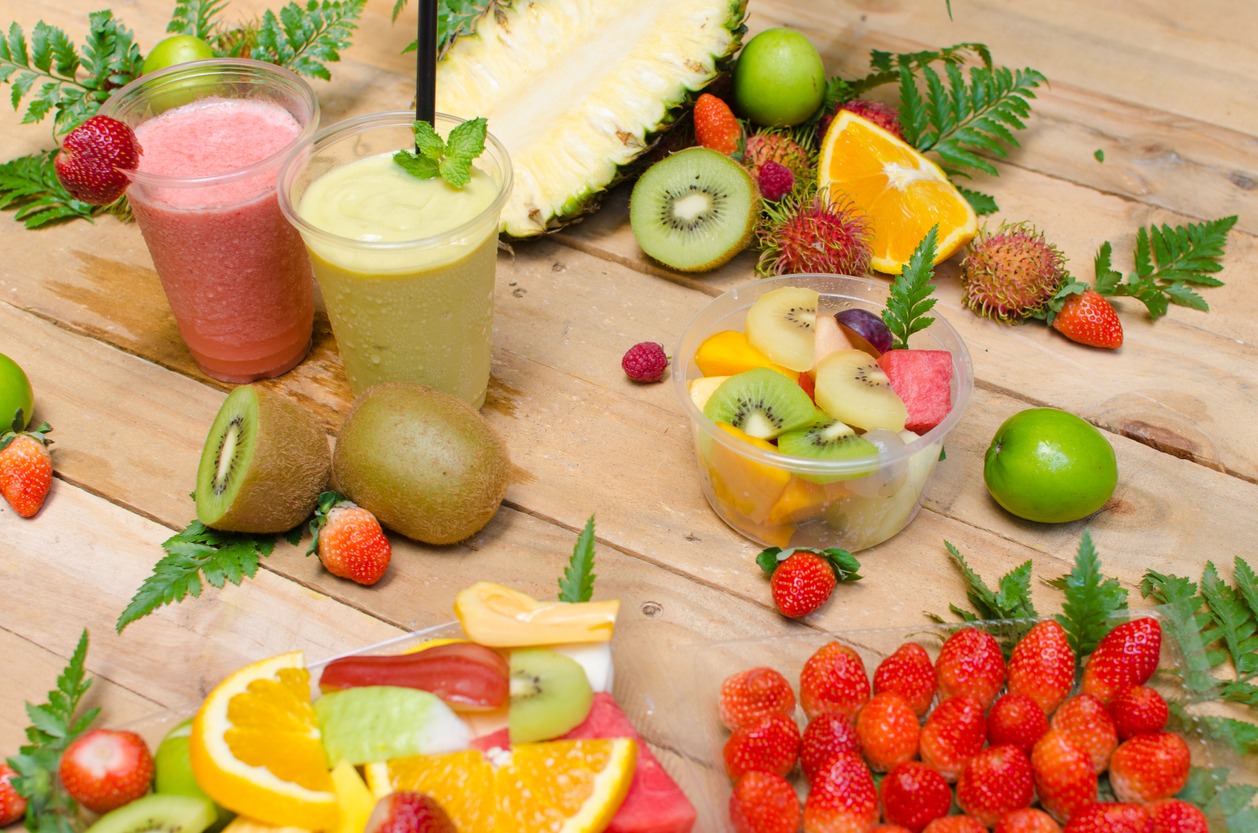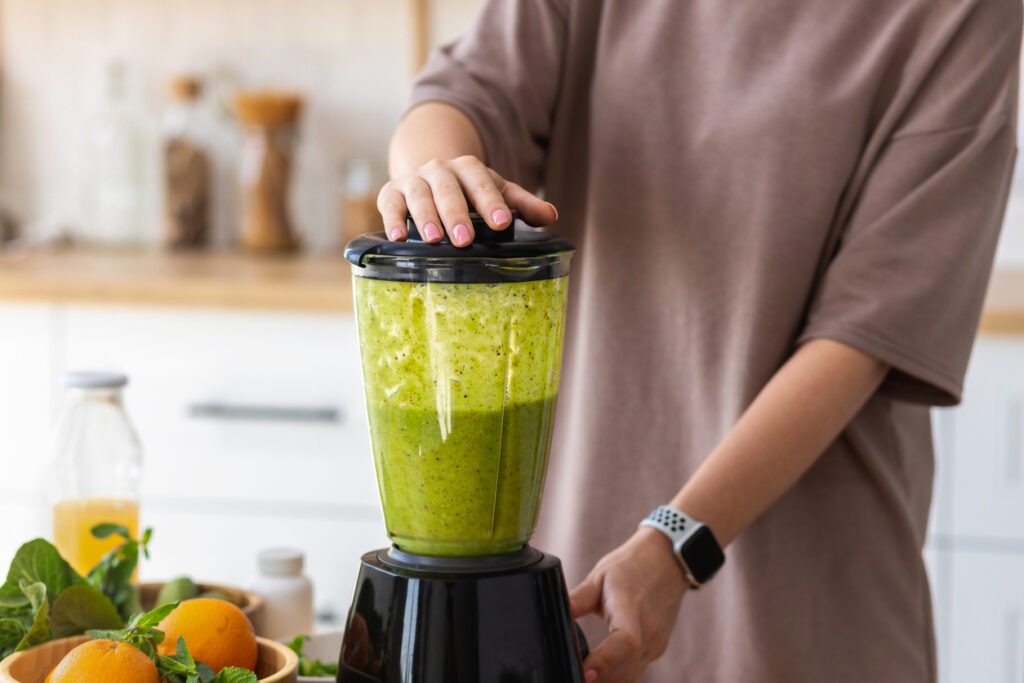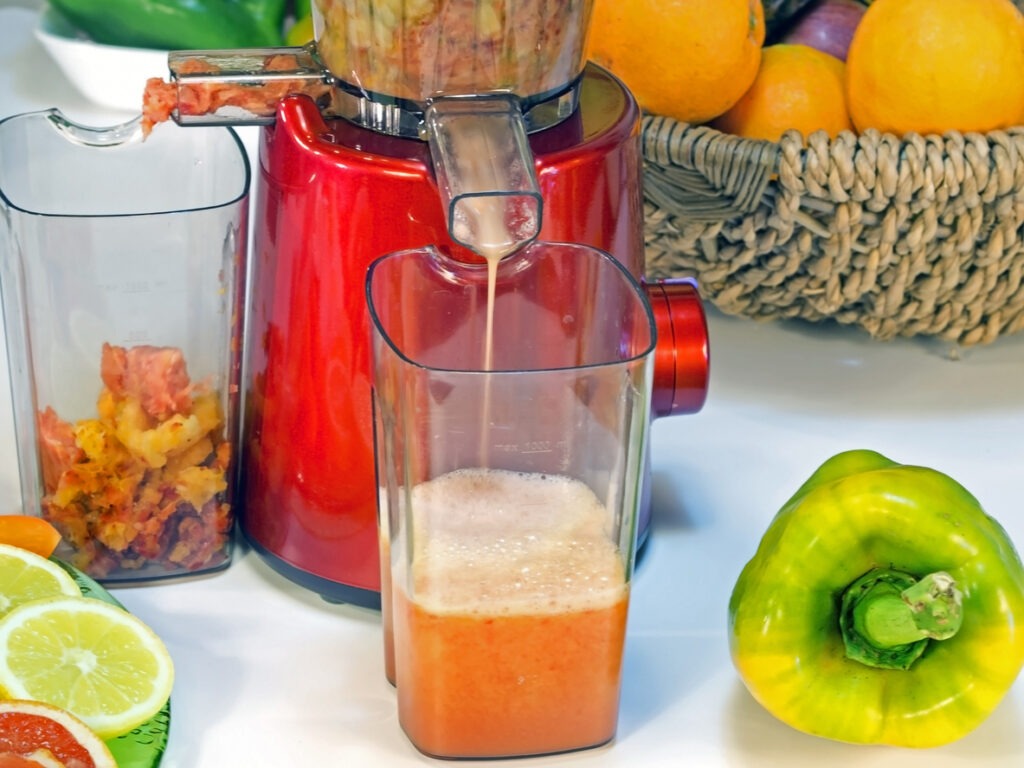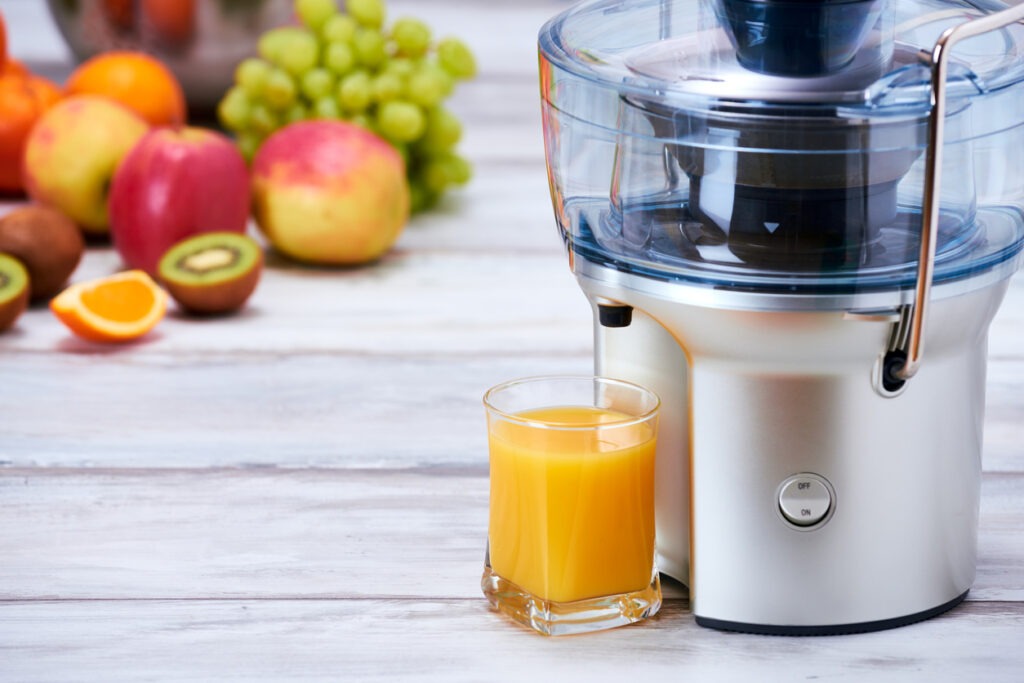Juicing has become a popular health trend, celebrated for its ability to provide a concentrated dose of essential nutrients and antioxidants in a refreshing and convenient form. But what is the science behind this liquid nutrition?
Let’s delve into the scientific principles behind the extraction of nutrients and antioxidants during juicing, exploring methods that retain the highest amount of nutritional value.
A. Juicing: Research Background
Juicing has become a widespread health trend, with enthusiasts touting its benefits for overall well-being. However, recent research from Texas A&M University’s College of Agriculture and Life Sciences reveals that the choice of juicing technique can significantly impact the health-promoting properties of common vegetable juices. The study, led by Dr. Bhimu Patil, explored the effects of three different juicing techniques—blending, high-speed centrifugal juicing, and low-speed juice extraction—on 19 diverse vegetables.
The research identified 85 different metabolites, including kaempherol, quercetin glycosides, and amino-acid attached betaxanathins, as potential markers for distinguishing processing techniques. Notably, low-speed juicing emerged as a preferred method for maintaining the nutritional value of vegetables, producing diverse metabolites and high antioxidant contents. Dr. Patil concluded that consumers can enhance their fruit and vegetable intake by using blenders for fiber-rich smoothies and low-speed juicers for antioxidant-packed juices, thereby supporting diverse and tasty ways to enjoy the health-promoting properties of juicing.
B. Methods of Nutrient Extraction
a. Blending
Blending is a popular method of juicing that involves using a powerful blender to process whole fruits and vegetables, including their fiber-rich pulp. The process entails breaking down the cell walls of the produce, resulting in a smooth and thick beverage commonly known as a smoothie. The key advantage of blending lies in the retention of dietary fiber, an essential component that contributes to various health benefits.
When fruits and vegetables are blended, the fiber from the pulp remains intact. This fiber is crucial for slowing down the absorption of sugars during digestion, preventing rapid spikes in blood sugar levels. Not only does this contribute to better blood sugar control, but it also promotes a feeling of fullness, making blended smoothies an excellent option for those aiming to manage their weight. Additionally, the blending process itself may enhance the bioavailability of certain nutrients, ensuring that your body can absorb and utilize them more effectively.
b. High-Speed Centrifugal Juicing
High-speed centrifugal juicing involves the use of a juicer equipped with rapidly spinning blades that quickly pulverize fruits and vegetables. This method is known for its efficiency in separating pulp and fiber, resulting in a thinner juice compared to blending. While the process is swift and convenient, it comes with both advantages and limitations.
The benefits of high-speed centrifugal juicing include the speed at which it produces juice and the convenience of pulp separation. However, the quick process generates some heat, which can potentially degrade certain nutrients in the juice. It’s a trade-off between speed and nutrient preservation. This method is ideal for those seeking a rapid, pulp-free juice option and are not overly concerned about nutrient loss due to heat.
c. Low-Speed Juice Extraction
Low-speed juice extraction, also known as masticating or slow juicing, takes a more deliberate approach to juice extraction. This method involves a horizontal auger that rotates at a lower speed, gently squeezing the juice from fruits and vegetables. The focus here is on minimizing heat generation and preserving the nutritional integrity of the juice.
The advantages of low-speed juice extraction are numerous. The slower process produces less heat, which helps retain the maximum amount of nutrients and enzymes in the juice. This method is particularly effective in maintaining the freshness and nutritional potency of the juice over an extended period. It’s an excellent choice for those who prioritize nutrient retention and enjoy a juice with a richer flavor profile.
C. The Scientific Benefits of Juicing Explored
Amidst the popularity of juicing, it is imperative to scrutinize its scientific underpinnings. While some tout juicing as a means of achieving overall health and weight loss, it’s essential to discern the verifiable benefits supported by scientific evidence.
1. Increased Nutrients Intake
Scientifically, juicing proves beneficial by providing an efficient means to increase vitamin, mineral, and antioxidant intake. This is particularly advantageous for individuals struggling to meet the daily recommended servings of fruits and vegetables. The boosted intake of essential nutrients, including B vitamins, vitamin A, C, K, and minerals like calcium and iron, forms a compelling argument for the nutritional benefits of juicing.
2. Addressing Chewing and Swallowing Challenges
Juicing becomes a valuable option for individuals with difficulties in chewing or swallowing, offering a gentler way to ingest vital nutrients without risking irritation or aspiration. This aspect becomes crucial for those with age-related challenges, specific health conditions, or post-dental procedure restrictions.
3. Introducing Variety in a Pleasing Way
For picky eaters, both young and old, juicing serves as a palatable method to introduce a variety of fruits and vegetables. This can be particularly helpful in ensuring a diverse and nutrient-rich diet, catering to personal preferences and encouraging a broader spectrum of nutrient intake.
4. Positive Impact on Blood Pressure
Scientifically, juicing, especially with beets, is associated with a positive impact on blood pressure. The nitric oxide generated during the digestion process dilates blood vessels, leading to lowered blood pressure. This aligns with dietary recommendations supporting a high intake of fruits and vegetables for heart health.
D. Concerns Surrounding Juicing
While juicing offers potential benefits, it’s crucial to address concerns and limitations associated with this practice. Acknowledging these aspects ensures a balanced perspective on incorporating juices into one’s diet.
1. Lack of Fiber
One significant drawback of juicing is the removal of fiber naturally present in fruits and vegetables. Fiber plays a vital role in digestion and overall gut health, making the absence of it in juices a noteworthy concern. Alternatives like blending, which retains fiber, can be explored to mitigate this issue.
2. Not a Balanced Meal Replacement
Despite claims suggesting juicing as a meal replacement for weight loss, scientific evidence opposes this idea. Juices lack essential nutrients such as fiber, protein, and healthy fats, making them inadequate substitutes for balanced meals. Relying solely on juices can lead to nutritional deficiencies.
3. Blood Sugar Spikes
Due to the concentrated sugar content and absence of fiber, juices can cause spikes in blood sugar levels. This poses a particular risk for individuals managing diabetes. Incorporating more vegetables and balancing fruit and vegetable ratios in juices can help mitigate this concern.
4. Potential Bacteria Growth
Improper handling of juices, including lack of refrigeration and inadequate hygiene practices, can lead to bacterial contamination. This risk emphasizes the importance of proper cleaning of juicers, thorough washing of ingredients, and consuming freshly made juice within a short timeframe.
E. Blending vs. Juicing: Navigating the Health Spectrum
Understanding the distinctions between blending and juicing is crucial for making informed choices that align with health goals. Juicing involves using a juicer to extract liquid from fruits or vegetables, discarding the pulp and fiber. In contrast, blending, or making smoothies, retains the entire fruit or vegetable, including the skin, and maintains the fiber content.
Blending offers the advantage of creating smoothies with more phytonutrients, natural chemicals found in plants, compared to juices. Incorporating protein sources like nuts, seeds, or yogurt in blended smoothies enhances satiety and provides additional nutritional benefits. The fiber in smoothies supports digestive health, making them a preferable option for those concerned about malnutrition and blood sugar spikes.
While juicing provides a quick nutrient boost, especially for individuals with limited fruit and vegetable consumption, blending emerges as a more balanced option. Striking the right balance between juicing and blending can offer a diverse and delicious approach to reaping the health-promoting properties of fruits and vegetables. As we embark on our juicing journey, let’s savor the flavors of health and well-being, one carefully crafted blend or juice at a time.
F. A Balanced Approach to Juicing
To maximize the benefits of juicing while addressing concerns, adopting a balanced approach is essential. This section explores strategies to enjoy the advantages of juicing without compromising overall health.
a. Blending as an Alternative
For those concerned about the lack of fiber in juices, blending presents a viable alternative. Smoothies, created by blending whole fruits and vegetables, retain fiber content, providing a more balanced and satiating option.b.
b. Incorporating Juicing into a Varied Diet
Rather than relying solely on juicing, it is advisable to incorporate a diverse range of fruits and vegetables into the diet. This ensures a broader spectrum of nutrients and prevents over-reliance on juices, addressing concerns related to imbalanced nutrition.
c. Mindful Juicing for Blood Sugar Control
To manage blood sugar levels, especially for individuals with diabetes, a mindful approach to juicing is crucial. This involves using more vegetables than fruits, selecting low-sugar options, and consulting with healthcare professionals for personalized guidance.
d. Ensuring Hygiene and Freshness
To mitigate the risk of bacterial contamination, strict adherence to hygiene practices is paramount. Thoroughly clean juicers after each use, wash fruits and vegetables diligently, and consume freshly made juice within a short timeframe. When opting for commercially produced juices, choose pasteurized options to minimize the risk of foodborne illnesses.
Conclusion
In conclusion, the science of juicing encompasses a spectrum of benefits and concerns. Understanding the nutrient composition of juices, exploring scientifically supported benefits, acknowledging potential drawbacks, and adopting a balanced approach allows individuals to make informed choices. Whether opting for juicing or alternative methods like blending, the key lies in incorporating a diverse range of fruits and vegetables into one’s diet while ensuring hygiene and moderation. Juicing, when approached mindfully, can be a valuable addition to a healthy lifestyle, providing a convenient and enjoyable way to enhance nutrient intake.






